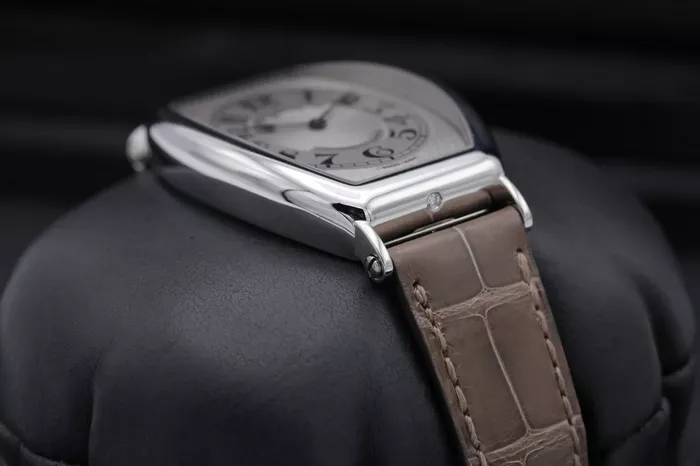In the realm of haute horlogerie, Patek Philippe reigns as a paragon of luxury and precision. This article aims to demystify the often enigmatic world of Patek Philippe pricing, exploring the factors that influence the cost of these horological masterpieces and providing insights into the average price range of Patek Philippe watches.
1. Crafting Excellence: The Essence of Patek Philippe
The Pinnacle of Watchmaking
Heritage of Craftsmanship:
Patek Philippe, with a legacy dating back to 1839, is synonymous with unparalleled craftsmanship. Each Patek Philippe watch is a testament to the brand’s commitment to precision, artistry, and the pursuit of horological perfection.
Iconic Complications:
Patek Philippe is renowned for its mastery of complications. From perpetual calendars and tourbillons to minute repeaters, the inclusion of these intricate features elevates the complexity—and often the price—of its watches.
2. The Influence of Materials: Precious Metals and Gemstones
Gold, Platinum, and Diamonds: Elevating Luxury
Precious Metal Cases:
Patek Philippe offers watches in various precious metals, including gold and platinum. The choice of material significantly influences the overall cost, with platinum being one of the most expensive options.
Gem-Set Masterpieces:
Some Patek Philippe watches feature intricate gem-setting, where diamonds or other precious stones adorn the bezel, dial, or even the bracelet. The inclusion of these exquisite details contributes to a higher price point.
3. Limited Editions and Rarity: Scarcity as a Premium Factor
Exclusive Offerings and Collector’s Appeal
Limited Production Runs:
Patek Philippe frequently releases limited-edition models, often with unique complications or design elements. The exclusivity and limited availability of these pieces can result in higher prices, especially in the resale market.
Collectors’ Market:
The brand’s strong presence in the collectors’ market further contributes to the perceived value of Patek Philippe watches. Vintage or rare models can command premium prices due to their scarcity and historical significance.
4. Complications and Technical Mastery: A Quest for Precision
Complex Movements and Technical Expertise
Complication Complexity:
Patek Philippe is renowned for its watches’ intricate complications, such as perpetual calendars, chronographs, and dual time zones. The inclusion of these features requires advanced engineering and craftsmanship, influencing the overall cost.
In-House Movements:
Patek Philippe prides itself on producing in-house movements. The brand’s dedication to technical mastery and innovation contributes to the exclusivity of its watches and, consequently, their price.
5. Brand Prestige and Legacy: Investing in Heritage
A Patek Philippe is a Patek Philippe
Brand Recognition:
Patek Philippe’s reputation as a symbol of prestige and luxury plays a significant role in its pricing. The association with timeless elegance, exceptional quality, and a storied heritage enhances the perceived value of each watch.
Long-Term Investment:
Patek Philippe watches are often viewed as long-term investments. The brand’s historical performance in retaining value and achieving high prices at auctions reinforces the idea that owning a Patek Philippe is not just a purchase but an investment in a legacy.
Conclusion: Beyond Price Tags, an Investment in Legacy
Aspiring to own a Patek Philippe transcends the acquisition of a timekeeping device; it is a commitment to a legacy of excellence, craftsmanship, and timeless elegance. While the average price of a Patek Philippe watch can vary widely based on materials, complications, and exclusivity, the underlying truth remains—the value extends far beyond the monetary aspect. It is an investment in a piece of horological history, a symbol of enduring luxury that continues to captivate enthusiasts and collectors alike. In the world of Patek Philippe, the true value lies not just in the precision of its movements but in the legacy it bestows upon each fortunate own

